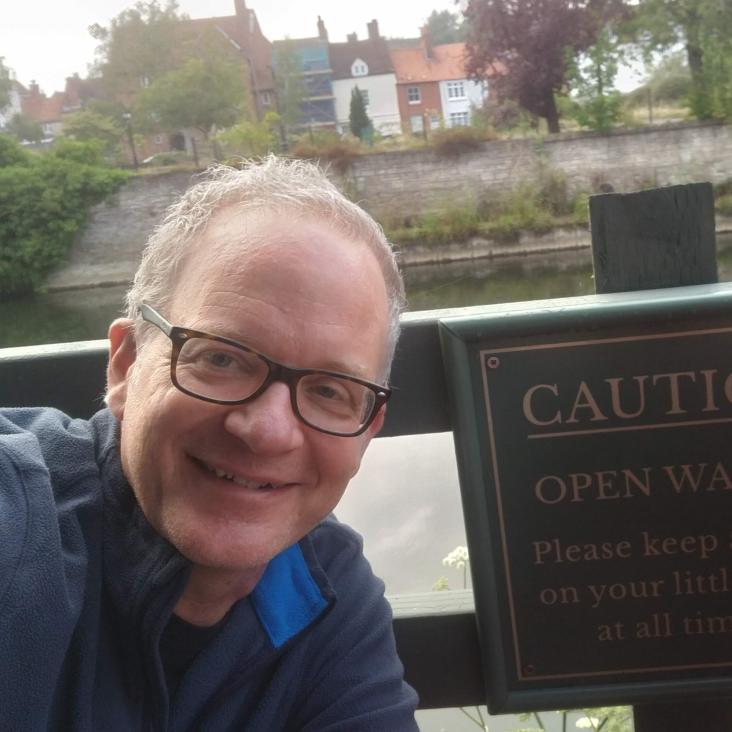From the XXZ chain to the integrable Rydberg-blockade ladder via non-invertible duality defects
(2023)
Critical lines and ordered phases in a Rydberg-blockade ladder
Physical Review B American Physical Society 108:12 (2023) 125135
Abstract:
Arrays of Rydberg atoms in the blockade regime realize a wealth of strongly correlated quantum physics, but theoretical analysis beyond the chain is rather difficult. Here we study a tractable model of Rydberg-blockade atoms on the square ladder with a Z2×Z2 symmetry and at most one excited atom per square. We find D4, Z2, and Z3 density-wave phases separated by critical and first-order quantum phase transitions. A noninvertible remnant of U(1) symmetry applies to our full three-parameter space of couplings, and its presence results in a larger critical region as well as two distinct Z3-broken phases. Along an integrable line of couplings, the model exhibits a self-duality that is spontaneously broken along a first-order transition. Aided by numerical results, perturbation theory, and conformal field theory, we also find critical Ising2 and three-state Potts transitions, and provide good evidence that the latter can be chiral.Stochastic strong zero modes and their dynamical manifestations
Physical Review E American Physical Society 107 (2023) L042104


